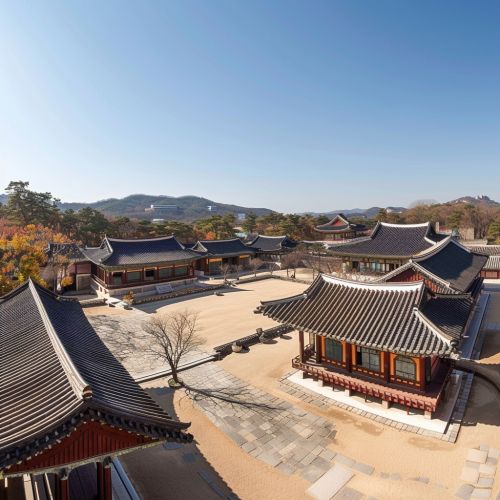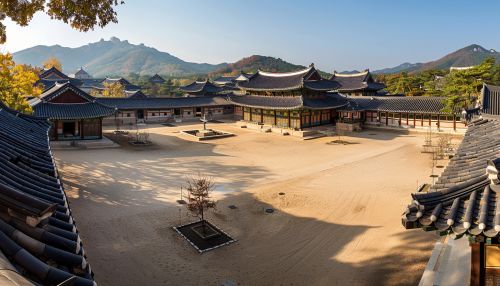Joseon Dynasty
History
The Joseon Dynasty, also known as the Chosŏn or Chosun Dynasty, was a Korean dynastic kingdom that lasted for approximately five centuries. It was founded by Yi Seong-gye in July 1392 and was replaced by the Korean Empire in October 1897. The dynasty was the last of Korea's dynasties and is most notable for its long duration, distinctive culture, and influence on modern Korean culture.


Founding
The Joseon Dynasty was established by General Yi Seong-gye who seized power in a coup. He came to power after a series of wars with neighboring kingdoms. He named his dynasty "Joseon" in honor of the previous Joseon, a kingdom founded by Dangun, which is considered the first Korean kingdom according to legend.
Politics and Administration
The Joseon Dynasty was characterized by a centralized bureaucratic system. The king was the absolute monarch, and his authority was derived from the Mandate of Heaven. The government was divided into three branches: administrative, legislative, and judicial. The highest organ of government was the State Council, which was responsible for policy decisions.
Culture
The Joseon Dynasty was a period of great cultural and intellectual activity. The dynasty adopted Confucianism as the state ideology, which had a profound influence on the culture, education, and politics of the dynasty. The Joseon Dynasty also saw the invention of the Korean alphabet, Hangul, by King Sejong the Great.
Economy
The economy of the Joseon Dynasty was primarily based on agriculture, with rice being the main crop. Trade and commerce also played an important role in the economy. The dynasty established a national market system and issued its own currency, known as the mun.
Military
The Joseon Dynasty maintained a standing army to defend the kingdom from external threats. The military was organized into a hierarchical system with the king at the top. The military was equipped with advanced weapons, including the hwacha, a multiple rocket launcher.
Decline and Fall
The Joseon Dynasty began to decline in the late 16th century due to internal strife, corruption, and external threats. The dynasty was finally overthrown in 1897 and replaced by the Korean Empire.
Legacy
The Joseon Dynasty left a lasting legacy on Korean culture and society. Many of the traditions, customs, and institutions of modern Korea can be traced back to the Joseon Dynasty.
